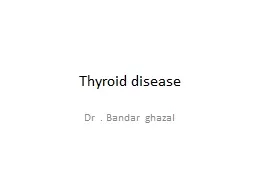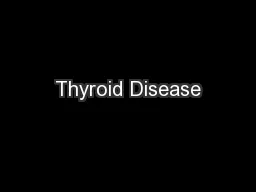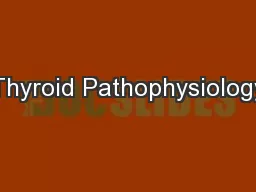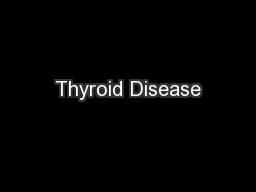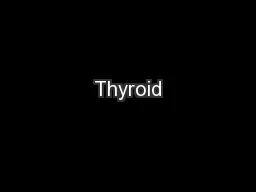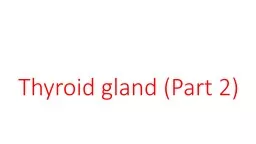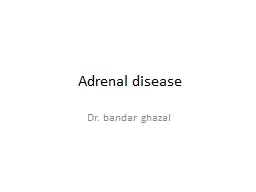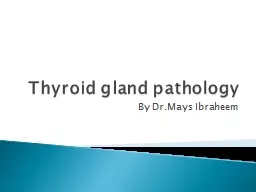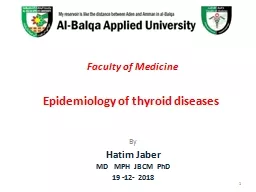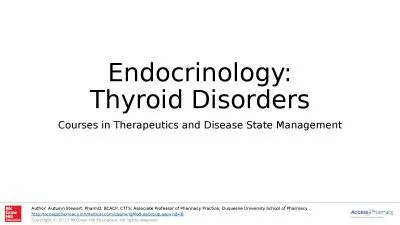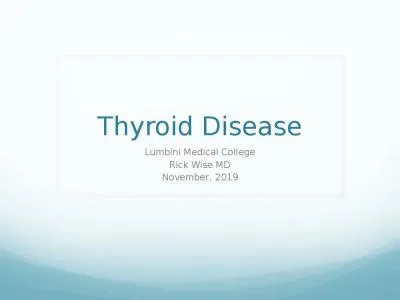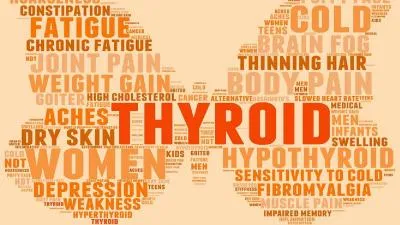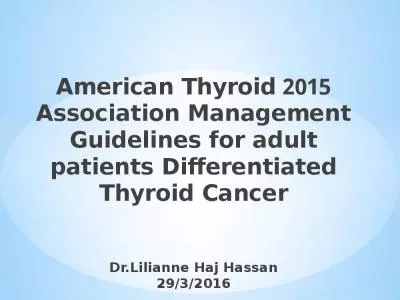PPT-Thyroid disease Dr . Bandar
Author : patricia | Published Date : 2022-06-15
ghazal Normal mass of thyroid about 30 g Highly vascularized receive about 120 ml blood min Follicular cells secret Thyroxine tetraiodothyronine T4 Contains
Presentation Embed Code
Download Presentation
Download Presentation The PPT/PDF document "Thyroid disease Dr . Bandar" is the property of its rightful owner. Permission is granted to download and print the materials on this website for personal, non-commercial use only, and to display it on your personal computer provided you do not modify the materials and that you retain all copyright notices contained in the materials. By downloading content from our website, you accept the terms of this agreement.
Thyroid disease Dr . Bandar: Transcript
Download Rules Of Document
"Thyroid disease Dr . Bandar"The content belongs to its owner. You may download and print it for personal use, without modification, and keep all copyright notices. By downloading, you agree to these terms.
Related Documents

